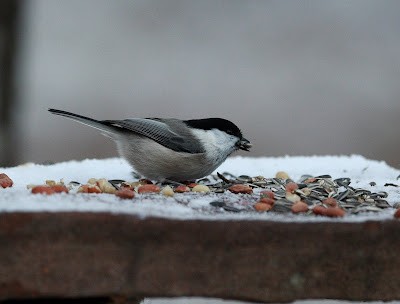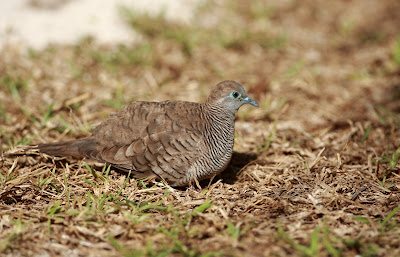
Säännöt kieltävät ehdottomasti hamstraamisen.

Hyväkäs ottaa pähkinää auringonkukan kyytipojaksi.
Syyttäjä on kutsunut todistajiksi hyvämaineisia ja nuhteettomiksi tunnustettuja siivekkäitä. He ovat luonnollisesti myös asianosaisia, koska ovat kärsineet vääryyttä. Syyttäjän todistajat eivät ole tietoisia siitä, että puolustus on käyttänyt samaa halpamaista kuvaajaa kuin syyttäjäkin. Kuvien tarkoitus on saattaa todistajat mahdollisimman epäedulliseen valoon ja luoda ristiriitaa heidän sanojensa ja tekojensa välille.

Enpä olisi uskonut montanuksen käyttäytyvän tuolla tavalla. Me talitiaiset ja etenkin minä itse odotamme aina vuoroamme ja jäämme mieluummin ilman kuin viemme viimeisen suupalan toisen nokan edestä. Vaikka en ole tuomari, niin vaadin montylle lähestymiskieltoa ruokintapaikalle.

En haluaisi heittää ensimmäistä kiveä, mutta ei tarvitsekaan, koska ensimmäinen murikka on singottu jo talitiaisen toimesta. Me sinitiaiset ja varsinkin minä itse vaadimme, että niukat ruokavarat jaetaan tasapuolisesti huomioiden samalla sinitiaiskantojen kasvattaminen - vaikka sitten muiden lajien annoksia vähentämällä.

Enpä saata kuvitella meitä kuusitiaisia, enkä varsinkaan itseäni ahmimassa ensimmäisenä leijonanosaa tarjolla olevista särpimistä.

Häpeäisin töyhdön päästäni, jos joku meistä töyhtötiaisista tavattaisiin hamstraamasta yhteisiä ruokavaroja.

Vaikea sanoa, mikä saa hömötiaiset ajattelemaan pelkästään itseään. Kenties syyt löytyvät niiden lapsuudesta - meillä punatulkuilla ei vastaavaa käyttäytymistä tavata. Näinollen hotkiminen, ahneus ja omaan napaan tuijottaminen ovatkin meille täysin vieraita käsitteitä.

En syytä ketään, mutta jos silmä välttää, niin jööteissä on heti valtavia hömötiaisen hakkaamia aukkoja. Ruokavarojen tulee tietenkin olla yhteisiä, mutta on selvää, että isommalle linnulle kuuluu suurempi osa kuin pienelle. Vaadin todistajanpalkkioksi aivan ehjää ihrajöötiä ja sen lukitsemista niin, etteivät muut linnut pääse siihen käsiksi.

Ymmärtäisin syytettyä paremmin, jos se olisi iso lintu. Meitä närhiä on usein syytetty ahmateiksi ja ruokarosvoiksi, mutta on hyvä, että totuus tulee lopultakin ilmi.
.
Kuvissa oleva ruokintaratkaisu ei ole hyvä, koska linnut pääsevät ulostamaan ruokansa päälle. Nyt paikalla roikkuu narun päässä sellainen häkkyrä, joka estää lintuja sotkemasta ruokaansa. Ei se silti hamstrausta estä.
.
.
Hannu Rinne






















































